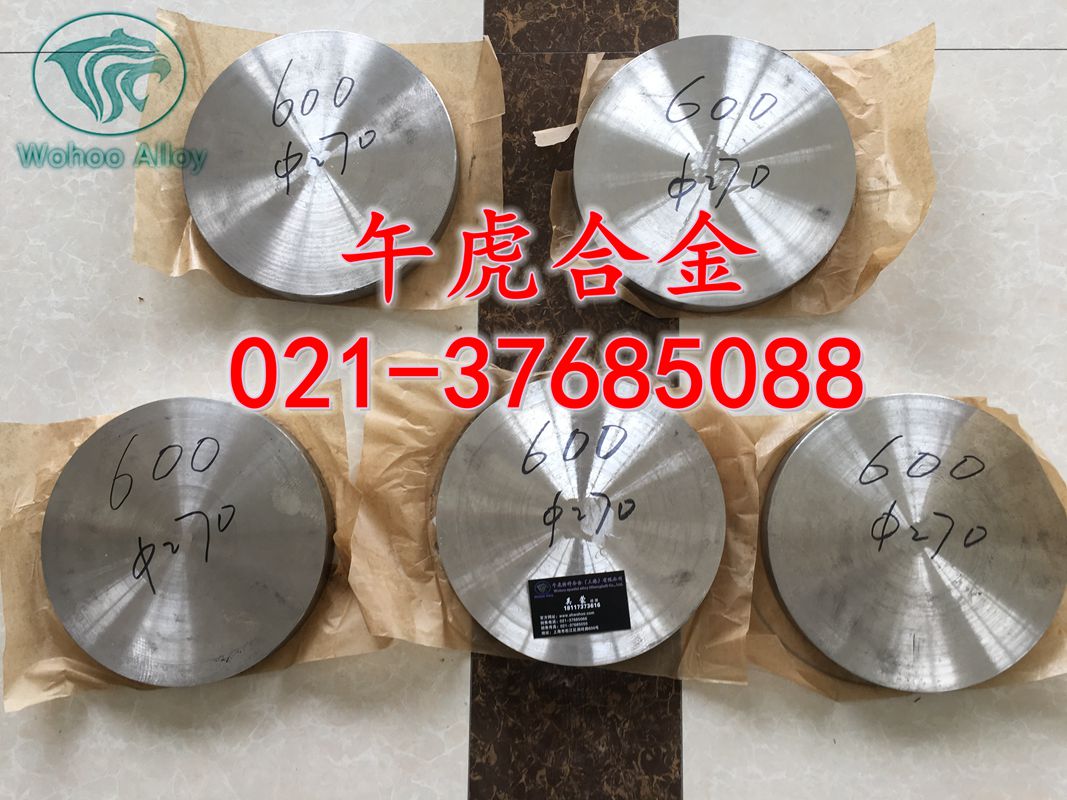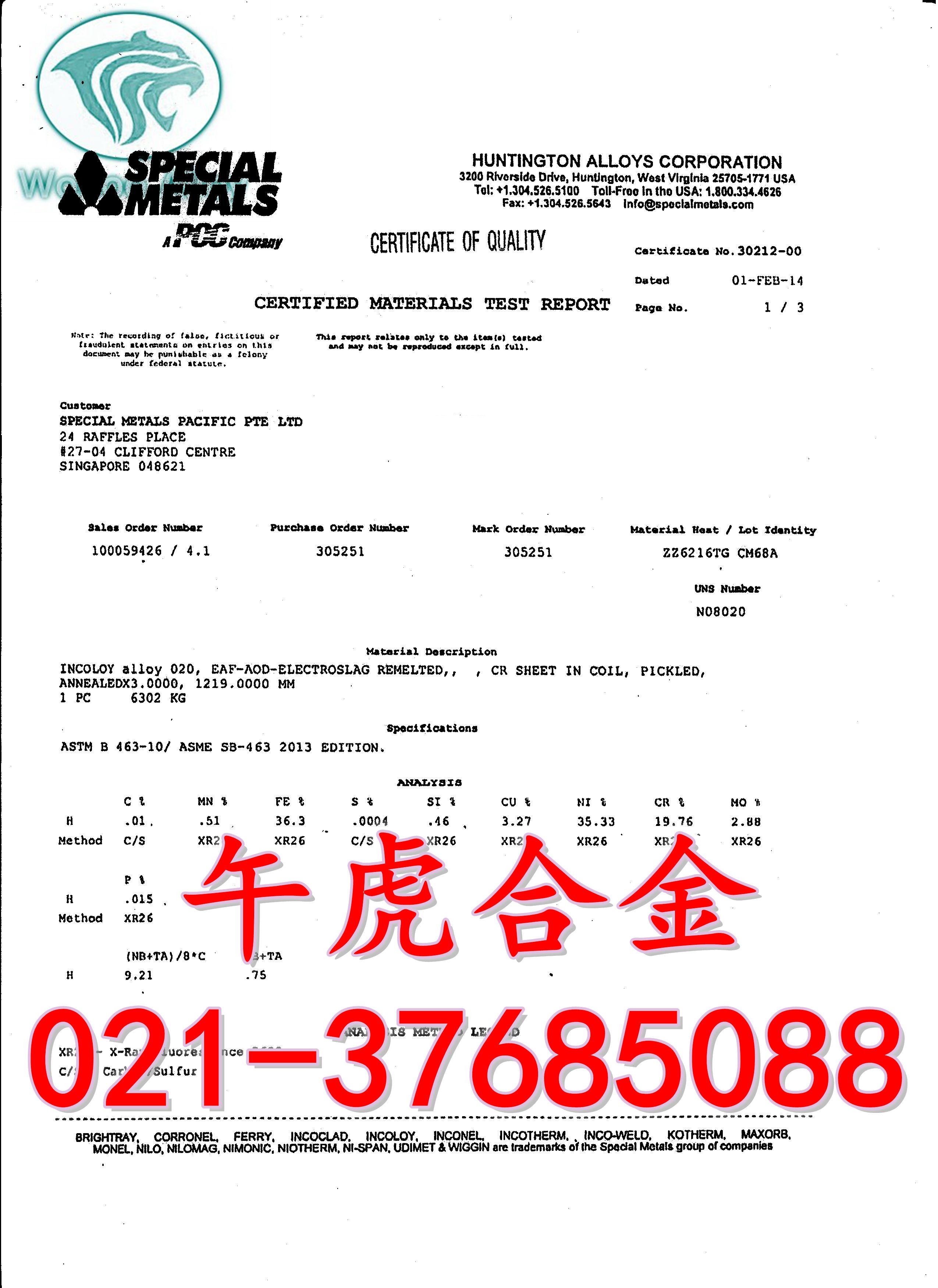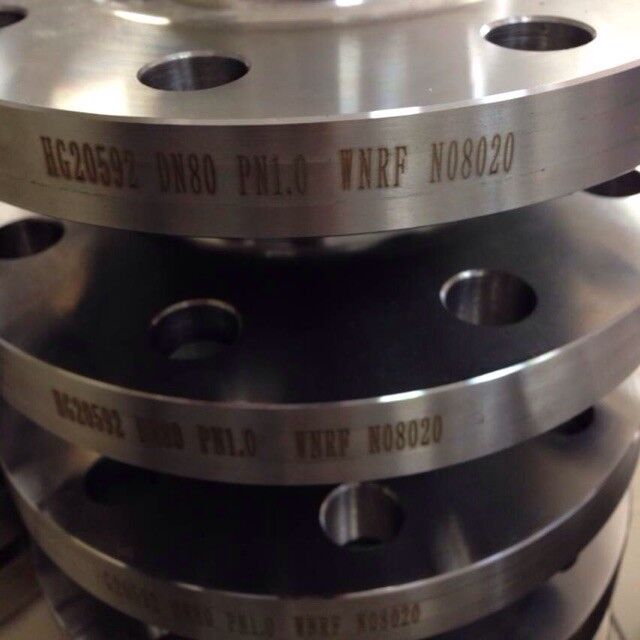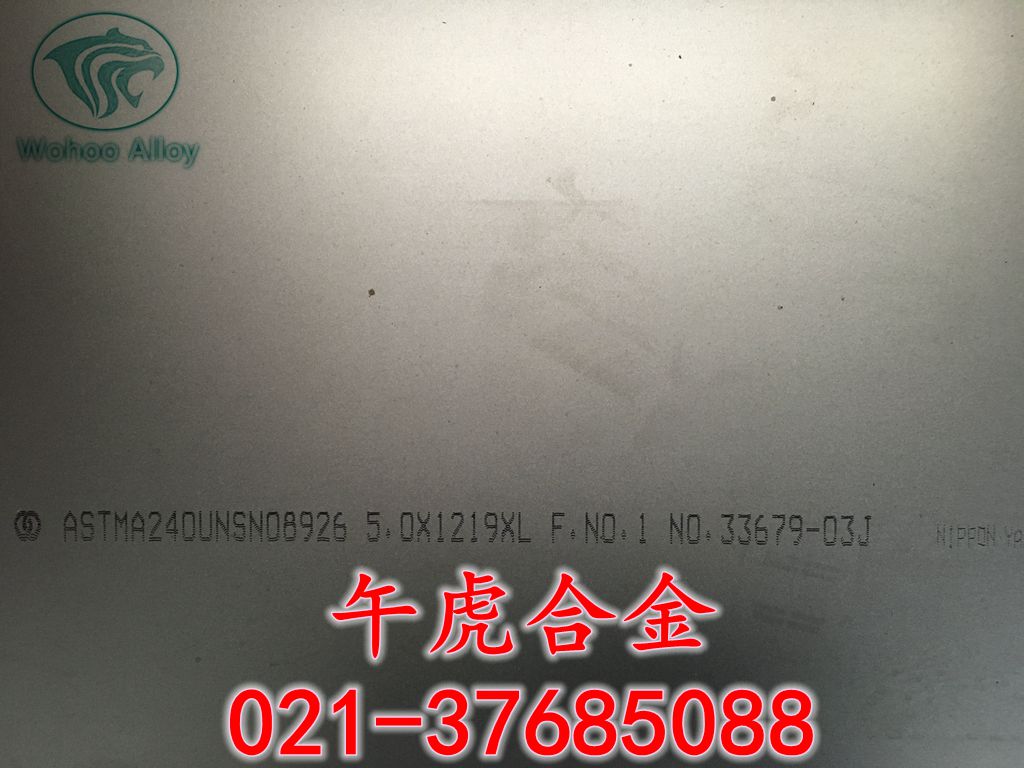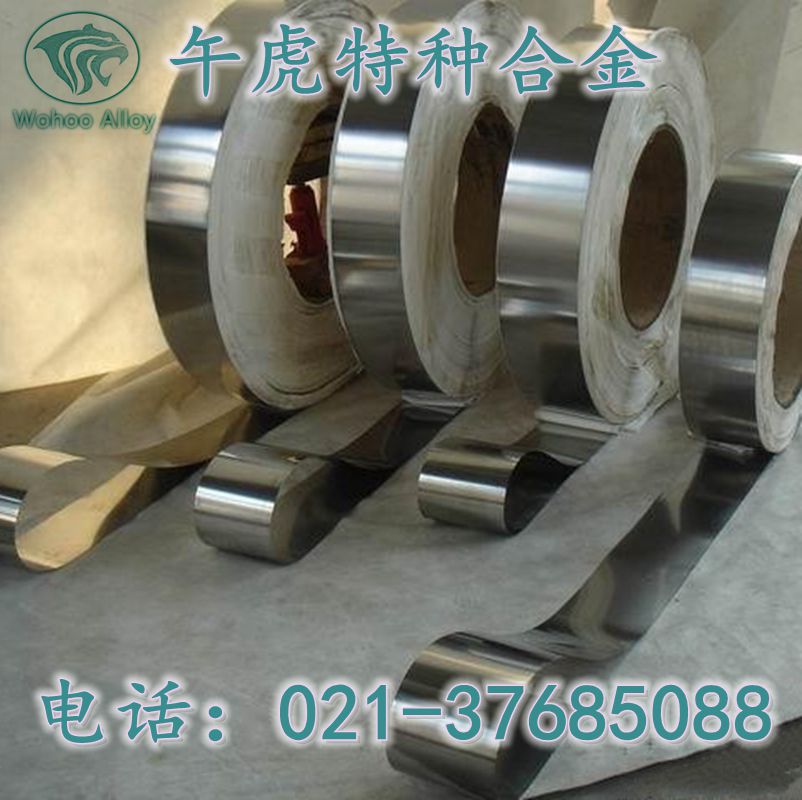
INCOLOY® alloy 028 (UNS N08028/W. Nr. 1.4563) is
a highly alloyed austenitic stainless steel offering
resistance to a variety of corrosive media. By virtue of
its contents of chromium and molybdenum, the alloy
offers resistance to both oxidizing and reducing acids
and salts. The presence of copper increases its
resistance to sulfuric acid. The alloy is used in the
chemical and petrochemical processing industry. Alloy
tubes are cold worked to high strength levels for
downhole service in moderately corrosive deep sour gas
wells.
Table 1 - Limiting Chemical Composition, %
Nickel ..........................................................................30.0-34.0
Chromium....................................................................26.0-28.0
Molybdenum ...................................................................3.0-4.0
Iron ...............................................................................Balance*
Carbon......................................................................0.030 max.
Silicon .........................................................................1.00 max.
Manganese .................................................................2.50 max.
Phosphorus ..............................................................0.030 max.
Sulfur ........................................................................0.030 max.
Copper ............................................................................0.6-1.4
Publication Number SMC-073
Copyright © Special Metals Corporation, 2003 (Oct 03)
INCOLOY and INCONEL are trademarks of the
Special Metals Corporation group of companies.
*Reference to the ‘balance’ of a composition does not guarantee this
is exclusively of the element mentioned but that it predominates and
Physical Constants and Thermal others are present only in minimal quantities.
Properties
Table 2 - Physical & Thermal Properties
Density, lb/in3.......................................................................0.29
g/cm3........................................................................8.0
Specific Heat (32-212°F), Btu lb °F...................................0.105
(0-100°C), J/kg °C .........................................450
Coefficient of Expansion, 10-6 in/in °F (microm/m °C)
70-200°F (21-93°C) ..............................8.3 (15.0)
70-500°F (21-260°C) ............................8.8 (15.9)
70-800°F (21-427°C) ............................9.3 (16.8)
Thermal ConductivityA, Btu in/ft2 h °F ...................................66
W/m °C........................................................11.4
Electrical ResistivityA, ohm circ mil/ft ...................................594
micro ohm m ................................................0.99
Young’s ModulusA, 103 ksi...................................................29.0
GPa................................................................200
A
Annealed product, tested at room temperature
Mechanical Properties
Table 3 - Typical Mechanical Properties
(Annealed)
Tensile Strength, ksi ...............................................................73
MPa ..........................................................500
Yield Strength (0.2% Offset), ksi ............................................31
MPa .......................................214
Elongation, % .........................................................................40
Hardness (HRB).................................................................80-90
(Cold Worked)
Tensile Strength, ksi .............................................................130
MPa ..........................................................896
Yield Strength (0.2% Offset), ksi ..........................................110
MPa .......................................758
Elongation, % .........................................................................15
Hardness (HRC).............................................................33 max.
The data contained in this publication is for informational purposes only and
may be revised at any time without prior notice. The data is believed to be
accurate and reliable, but Special Metals makes no representation or warranty of
any kind (express or implied) and assumes no liability with respect to the
accuracy or completeness of the information contained herein. Although the
data is believed to be representative of the product, the actual characteristics or
performance of the product may vary from what is shown in this publication.
Nothing contained in this publication should be construed as guaranteeing the
product for a particular use or application.
